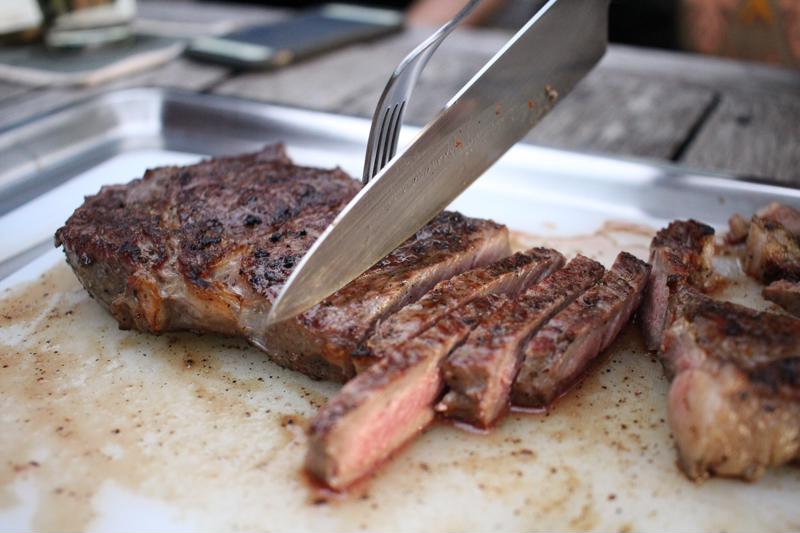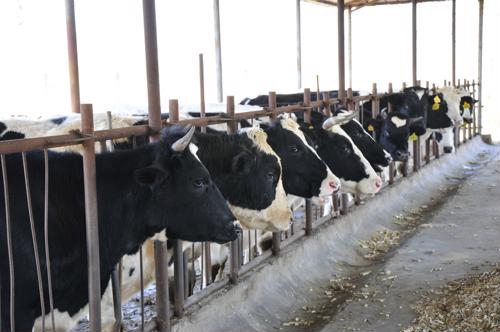It raises the question: Why? Is it because people are buying more meat, thereby increasing demand, or are upward price pressures attributable to limited availability, making it a supply-side problem? As is often the case, it's a combination of factors, but at the heart of the issue is COVID-19 and the shutting down of the economy that sent the supply chain into a tailspin.
During the early days of the pandemic, several beef production and meat packing factories operated with skeleton crews or shut down entirely. While most are now back up and running, they're not quite back to normal, according to Michael Swanson, chief agriculture economist at Wells Fargo. Speaking to Quartz, Swanson noted that many of the people who used to work at these facilities have since gotten other jobs. Labor shortages have led to fewer workers, and as a result, slower output.

'It's a stack of things'
It's also costing more to raise livestock. With the exception of those that are grass fed, cows' diets are primarily composed of corn and soy, and the price levels for both of these staple crops are higher today than a year ago.
Peter Bolstorff, an executive at the Association for Supply Chain Management, told the online publication it's the blending of all of these factors that are to blame.
"Anytime you see price increases like that, it's never one thing, it's always a stack of things," Bolstorff said. "[When] these prices go up that fast … usually it's because you've got demand shocks and supply shocks stacking on themselves at the same time."
Indeed, since corn is used for a variety of other purposes aside from feeding livestock, that too is contributing to steeper meat prices. Ethanol, a corn derivative used in gasoline, costs 50% more on a year to date basis than during the same period in 2020, The Wall Street Journal reported from Chicago Board of Trade data.
Drought takes a toll on farmers' operations
Another contributing factor is poor crop yield. Swanson told Quartz that severe droughts in the western portion of the country — which is home to a large percentage of the livestock eventually purchased by grocery shoppers — have forced farmers to rein the number of animals they raise because they don't have as much food to feed them.
How long will meat prices remain elevated? Economists have differing opinions. Swanson said consumers can expect it to last throughout 2022 and perhaps into 2023. The speed with which the cost of meat normalizes will largely hinge on corn and soybean prices. In short, when they go down, meat should follow suit.



Post A Comment:
0 comments so far,add yours